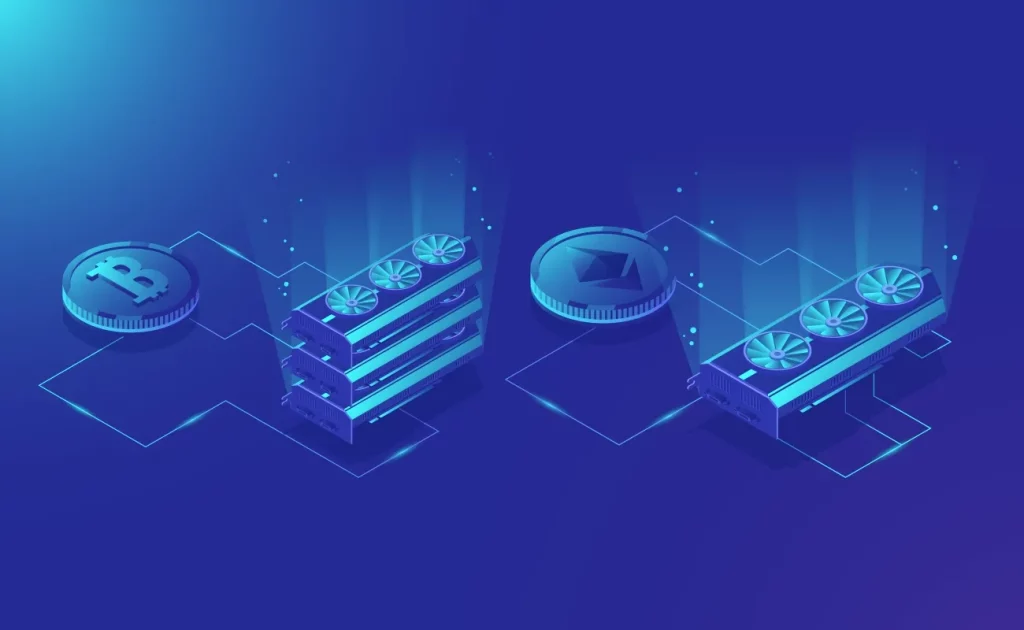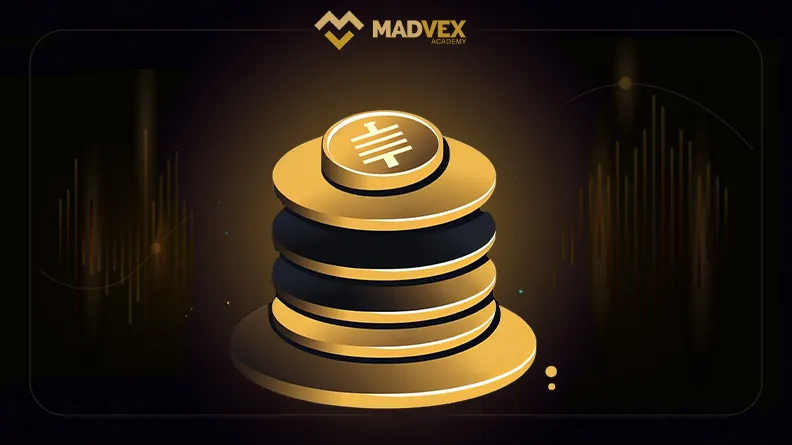In the world of cryptocurrency and blockchain technology, Initial Coin Offerings (ICOs) have emerged as a popular method for fundraising. In this article, we will delve into the intricacies of ICOs, exploring what they are, how they work, and the potential risks and rewards associated with them.
Understanding Initial Coin Offerings
An ICO is a fundraising mechanism that allows startups to raise money by issuing digital tokens in exchange for capital, typically in the form of cryptocurrencies such as Bitcoin or Ethereum. These tokens generally grant investors some rights related to the project or future profits in the form of dividends or price appreciation.
What Is an ICO?
An Initial Coin Offering, or ICO, is a fundraising method used by companies and projects to raise capital through the issuance of digital tokens or coins. These tokens are typically created on a blockchain platform, such as Ethereum, and are sold to investors in exchange for funding. ICOs have gained popularity as a quick and efficient way for startups to raise capital without the need for traditional funding methods.

How Does an ICO Work?
During an ICO, a company or project will create a whitepaper outlining the details of the offering, including the project’s goals, timeline, and how the funds raised will be used. Investors can then purchase tokens using cryptocurrency, such as Bitcoin or Ethereum, and receive these tokens in their digital wallets.
The ICO process involves several key steps:
- Whitepaper Creation: Before an ICO can be launched, the initiating company must draft a whitepaper. This document provides detailed information about the project, including its purpose, technology, the amount of funding needed, and how long the ICO campaign will last.
- Token Design: The next step is designing the token itself, which includes defining its features, benefits, and overall utility within the ecosystem that the startup wishes to build.
- Pre-ICO Marketing: Effective marketing campaigns are crucial to garner interest among potential investors. This phase often involves social media outreach, community engagements, and other marketing strategies.
- Launching the ICO: Once the preliminary steps are completed, the ICO is launched to the public. During this phase, investors can purchase tokens.
- Post-ICO Strategy: After the ICO, the company focuses on delivering on the promises made during the fundraising campaign, which includes project development and making the tokens functional within their platform.

Benefits of ICOs
- Global Access:
Unlike traditional funding options, ICOs provide a global platform where investors from around the world can participate without the usual geographical or regulatory restrictions. - Democratization of Investing:
ICOs lower the entry barrier for investment, allowing ordinary people to buy into potentially lucrative early-stage opportunities. - Efficiency and Speed:
Raising funds through an ICO can be much faster compared to traditional means such as venture capital or IPOs.
Risks and Challenges of ICOs
- Regulatory Risks:
One of the biggest challenges facing ICOs is the evolving regulatory landscape. Different countries have different regulations regarding cryptocurrencies and ICOs, which can complicate participation and operation. - High Scam Potential:
The ICO space has been notorious for scams and fraudulent schemes. Due to the minimal regulatory oversight, investors must be very cautious and conduct thorough due diligence. - Market Volatility:
The cryptocurrency market is known for its high volatility. Investments can yield high returns, but the risk of losing all invested capital is equally high.
Conclusion
In conclusion, ICOs have revolutionized the way startups raise capital, offering a decentralized and accessible alternative to traditional funding methods. However, investors should proceed with caution and carefully evaluate the legitimacy and potential of an ICO before participating. By understanding the risks and rewards associated with ICOs, investors can make informed decisions and navigate this rapidly evolving landscape of cryptocurrency and blockchain technology.



